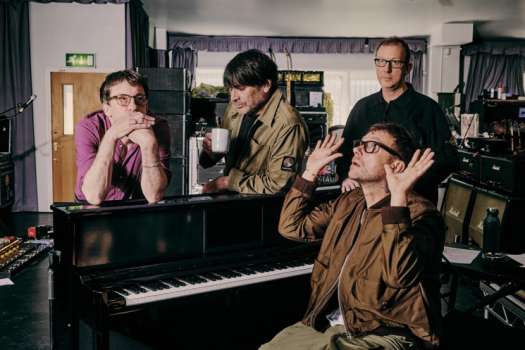It would be more than a little churlish, not to mention arrogant, for a critic to grouse about however Cesaria Evora chooses to make use of the resources and bulging rolls of more than willing collaborators that have swelled her entourage as she's put the bittersweet Cape Verdean strains of morna in bold relief on the global music map. But the unfortunate irony is that the bigger the barefoot diva becomes, the less of her we're getting. Evora's world-wide popularity has exploded over the past decade, after years of singing her way across the rocky outpost of Cape Verde, but now that she has recording budgets commensurate with her stature, we're getting an album too often tarted-up with too many musicians, over-populated vocal choruses and too-busy producers and engineers. None of that diminishes the weight and resonance of her voice, but Sao Vicente di Longe is bigger than Evora, and that's too bad. Morna is itself both a hybrid and indigenous to Cape Verde, so the album doesn't suffer from Evora's wandering through more Brazilian and mainland Portuguese styles, but gaudy horn and string sections clutter the way all too often. Curiously, one of the best tracks on the album is "Crepuscular Solidao," a duet with Bonnie Raitt, but the arrangement is sparse, putting the interplay of their voices in the forefront with lovely results. Sao Vicente di Longe is rarely less than fine, but such moments are tantalising rays of the sublime that really only shine through when Evora's production team dispenses with the gaudy carnival of instruments swarming that lustrous voice.
(Lusafrica)Cesaria Evora
Sao Vicente di Longe

BY Chris WodskouPublished Jul 1, 2001



